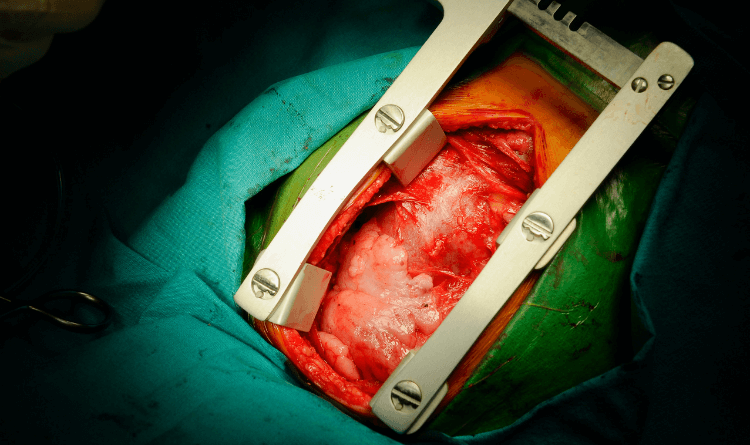Principles of Cardioplegic Solutions

Principles of Cardioplegic Solutions keywords:Cardioplegia, cardioplegic solution, myocardial protection, heart surgery, cardiac arrest, myocardial ischemia, reperfusion Energy conservation during myocardial ischemia can be achieved by inducing chemical arrest through two primary mechanisms: Preventing the conduction of the myocardial action potential by inhibiting the fast sodium current can be achieved through one or more of the following methods : a . Extracellular hyperkalemia b . Sodium channel blockers (e.g., lidocaine) c . KATP channel openers (e.g., adenosine) Preventing myocyte contraction by inhibiting calcium activation of myofilaments can be accomplished through one or more of the following approaches : a . Reducing extracellular calcium to zero b . Using L-type calcium channel blockers (e.g., magnesium ) c . Directly inhibiting myofilaments with agents such as 2,3-butanedione monoxime (BDM) Cold Cardioplegia There are two types of solutions used...


